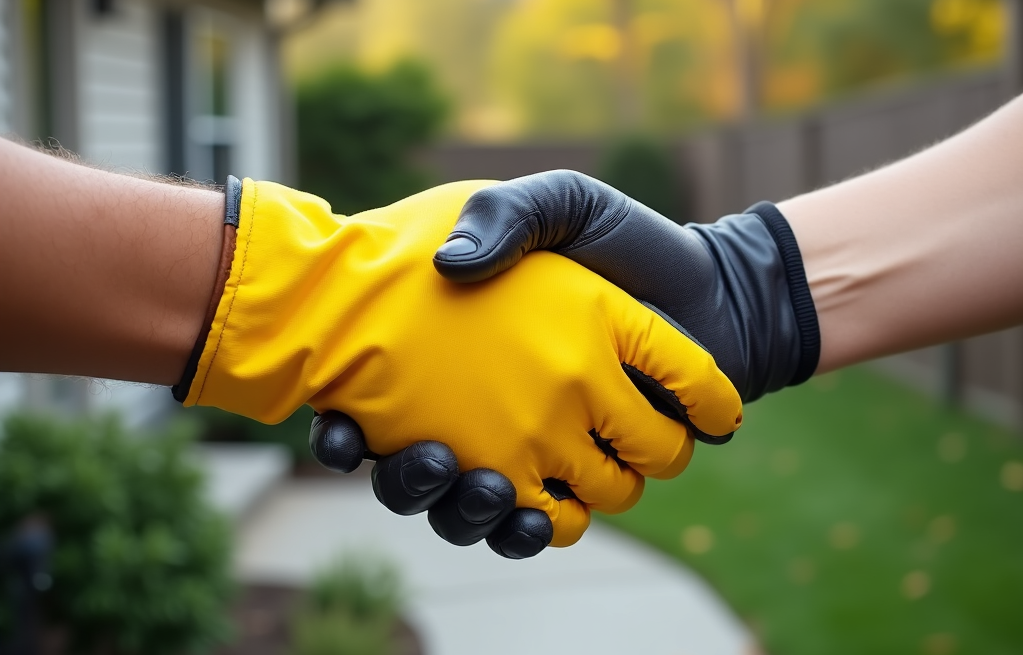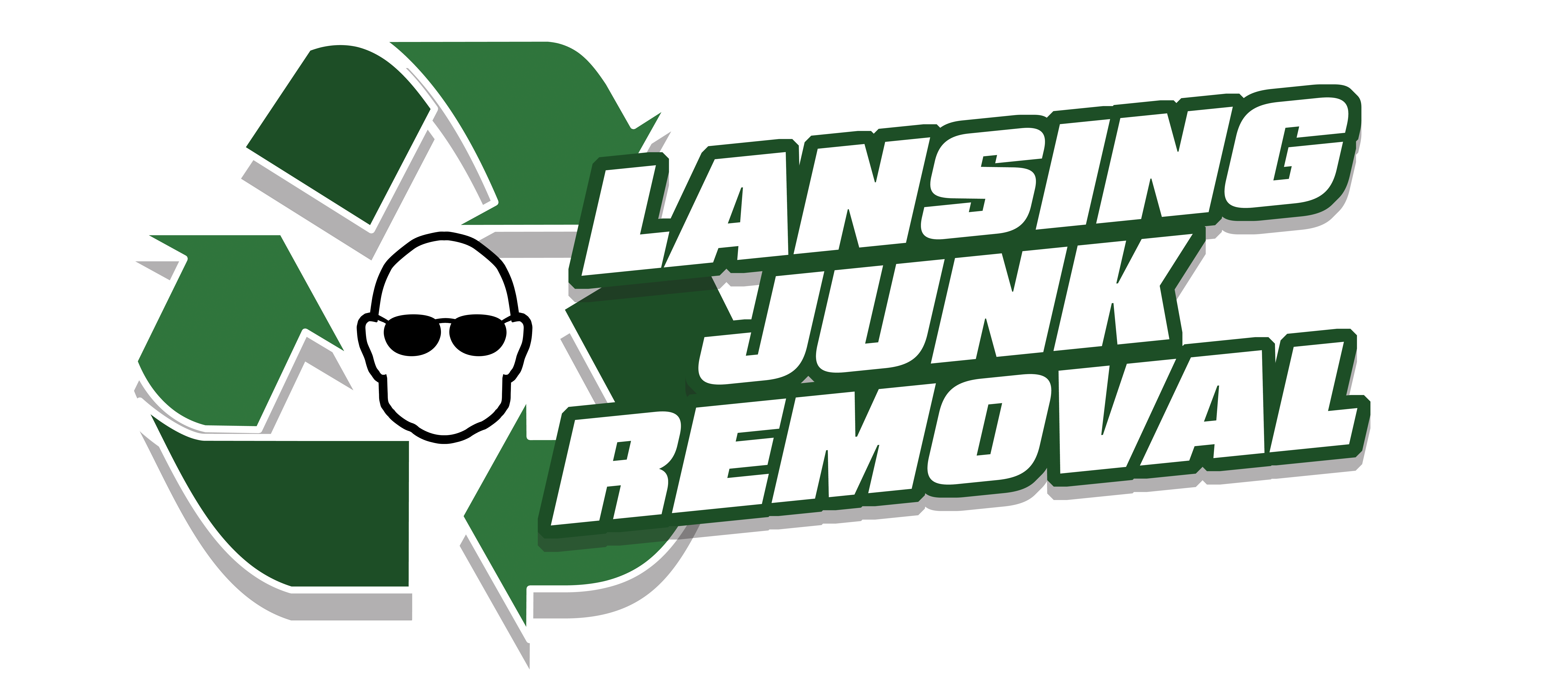Retail cleanouts represent a significant undertaking for any business. Whether a store is relocating, renovating, or closing permanently, the process of removing fixtures, inventory, and equipment requires careful planning and execution. While professional junk removal services handle the heavy lifting, the involvement of retail staff proves essential to ensuring these projects proceed smoothly and efficiently. Genesis Removal has observed that the most successful retail cleanouts occur when store employees actively participate in the process from start to finish.
Understanding Retail Cleanouts
Retail cleanouts involve the professional removal and disposal of unwanted items from commercial spaces. These services cater to retail businesses of all sizes, helping store owners and managers clear out inventory, outdated fixtures, and debris efficiently and in an environmentally friendly manner. The scope of these projects varies widely, from small boutique refreshes to complete department store liquidations.
Planning Phase: Staff Knowledge is Invaluable
The planning phase of any retail cleanout benefits tremendously from staff input. Employees who work in the space daily possess intimate knowledge of inventory organization, fixture placement, and storage areas that outside contractors simply don’t have. By involving staff in initial walkthroughs and planning meetings, managers can identify:
- High-priority areas requiring immediate attention
- Items that can be sold, donated, or repurposed
- Potential challenges such as limited access points or fragile fixtures
- Special handling requirements for certain merchandise or equipment
This collaborative approach ensures that nothing is overlooked and that the cleanout schedule aligns with business operations, minimizing disruption.
Inventory Management During Cleanouts
Staff members play a crucial role in inventory management during retail cleanouts. Their expertise helps determine which items should be retained, sold at discount, returned to vendors, or removed entirely. Employees can assist with:
- Organizing pre-cleanout sales to reduce inventory
- Documenting remaining stock for insurance or tax purposes
- Identifying items suitable for donation to local charities
- Ensuring valuable merchandise isn’t accidentally discarded
Many retailers find that staff-led inventory reduction efforts significantly decrease the volume of materials requiring professional removal, thereby reducing costs and environmental impact.
Creating Efficient Workflows
When retail staff and junk removal professionals work in tandem, the entire cleanout process becomes more efficient. Employees can create logical workflows by:
- Designating staging areas for different categories of items
- Clearing pathways for removal teams
- Dismantling simple fixtures to facilitate easier transport
- Providing building access and security information
This coordination minimizes downtime and helps the removal team work quickly and safely. Retail staff can also communicate any building restrictions or policies that might affect the removal process.
Environmental Responsibility and Staff Advocacy
Environmentally conscious retail cleanouts require attention to recycling and donation opportunities. Staff members often serve as powerful advocates for sustainable disposal practices, identifying:
- Recyclable materials like cardboard, metal shelving, and electronics
- Fixtures and equipment suitable for donation to other businesses
- Merchandise that can benefit local non-profits
- Hazardous materials requiring specialized disposal
When employees champion eco-friendly practices, retail cleanouts result in less landfill waste and more community benefit. Many professional junk removal companies prioritize recycling, diverting as much material from landfills as possible.
Post-Cleanout Verification and Documentation
After the major removal work is complete, retail staff provide valuable assistance with final verification and documentation. Their familiarity with the space allows them to spot overlooked items and ensure the cleanout meets the project’s objectives. Staff can:
- Conduct thorough walk-throughs to verify complete removal
- Document the condition of the space for lease or sale purposes
- Identify any remaining safety concerns or damage
- Provide feedback to improve future cleanout processes
This final quality control step ensures the space is truly ready for its next purpose, whether that’s renovation, new tenancy, or sale.
Training Staff for Effective Cleanout Participation
Preparing staff for their roles in retail cleanouts improves project outcomes. Brief training sessions covering cleanout procedures, safety protocols, and timeline expectations ensure everyone understands their responsibilities. Management should clearly communicate:
- Safety guidelines for handling materials and equipment
- Decision-making authority regarding item disposal
- Documentation requirements and processes
- Schedule expectations and time commitments
When staff members understand the big picture, they’re more likely to contribute effectively to the cleanout process.
Benefits of Staff-Led Retail Cleanouts
When retail staff take ownership of cleanout projects, businesses experience numerous benefits beyond just physical removal. Staff involvement creates a sense of closure during store closings and brings a feeling of renewal during renovations or relocations. Additionally, participation in retail cleanouts gives employees valuable experience in project management, inventory control, and sustainability practices that transfer to other aspects of retail operations.
Empowering staff to make decisions during cleanouts also improves morale during what can otherwise be a stressful transition period. When employees have agency in the process, they tend to approach the project with greater enthusiasm and attention to detail, resulting in more thorough and efficient cleanouts.
Communication Channels During Retail Cleanouts
Establishing clear communication channels is essential during retail cleanouts. Staff members should know:
- Who to contact with questions about disposal decisions
- How to report safety concerns or damage
- When and where to report for cleanout duties
- How project progress will be communicated
Many successful retailers designate a cleanout coordinator from their staff to serve as the primary liaison between employees and professional junk removal services, streamlining communication and decision-making.
Preparing for the Future with Staff Insights
Perhaps most valuable of all are the insights staff can provide about future space needs and inventory management. Their observations during cleanouts often highlight opportunities for:
- More efficient store layouts
- Improved inventory control systems
- Better fixturing and display solutions
- Enhanced waste reduction strategies
These perspectives can inform more sustainable retail practices going forward, creating long-term value from the cleanout process.
Frequently Asked Questions About Retail Cleanouts
What items are typically removed during retail cleanouts?
Retail cleanouts commonly involve removing outdated or damaged shelving, display cases, old inventory, unsellable stock, broken furniture and equipment, advertising materials, signage, banners, and construction debris from previous renovations.
How long does a typical retail cleanout take?
The duration of retail cleanouts varies based on store size and inventory volume. Small retail spaces might be completed in 1-2 days, while large department stores can take a week or more. Staff involvement typically reduces overall project time by 20-30%.
Should employees be present during the entire cleanout process?
While not all staff need to be present for the entire cleanout, having key employees available during critical phases ensures questions can be answered promptly and decisions made efficiently. A designated staff coordinator should oversee the entire process.
What happens to usable items removed during retail cleanouts?
Professional junk removal services typically sort items for recycling, donation, and disposal. Fixtures, equipment, and merchandise in good condition are often donated to charities or sold to other businesses, while recyclable materials are processed appropriately.
How can retailers minimize costs during retail cleanouts?
The most effective way to reduce cleanout costs is through staff-led pre-cleanout activities such as inventory reduction sales, vendor returns, and preliminary sorting. These efforts reduce the volume of materials requiring professional removal and maximize recovery value from remaining assets.
Remember, retail cleanouts represent much more than simply emptying a commercial space. With thoughtful staff involvement, these projects become opportunities for improved operations, enhanced sustainability, and valuable team development. By recognizing the crucial role employees play in successful cleanouts, retailers can transform what might otherwise be a challenging task into a strategic business process with lasting benefits.



